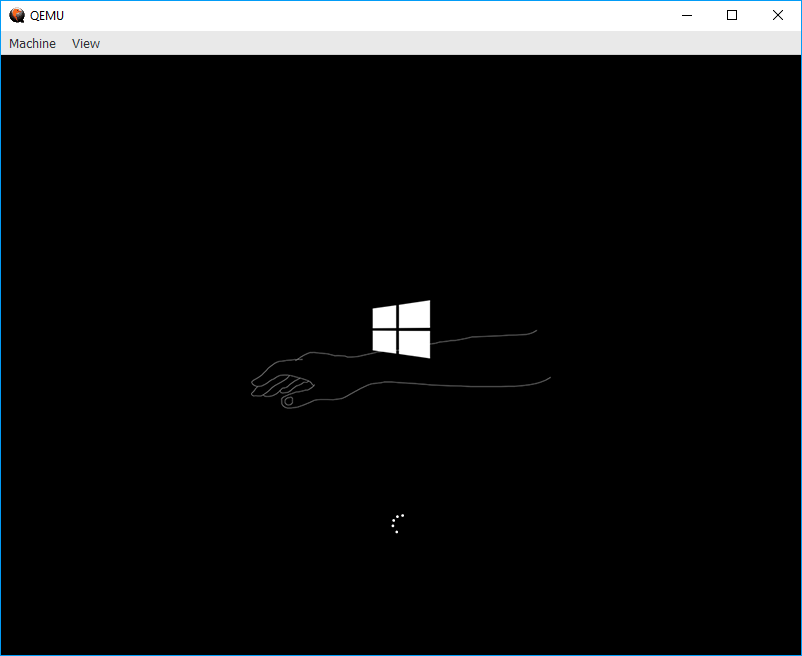

If you're not seeing PCI devices that you expect, then check that your guest config has:
#Qemu system arm windows drivers
The 'defconfig' for Linux arm and arm64 should include the right device drivers for virtio and the PCI controller some older kernel versions, especially for 32-bit Arm, did not have everything enabled by default. Guest kernel configuration for the virt machine You're probably better off using "virt" though.
#Qemu system arm windows how to
You can find a description of how to install Debian on it here (the author of that tutorial has also provided some prebuilt images). The "versatilepb" machine has also often been used as a general-purpose Linux target in the past its disadvantage is that it has a very old CPU and only 256MB of RAM, but it does at least have PCI and SCSI. See this tutorial for information on getting 32-bit ARM Debian Linux running on the "virt" board.įor 64-bit ARM "virt" is also the best choice, and there's a tutorial for 64-bit ARM Debian Linux setup too. It supports PCI, virtio, recent CPUs and large amounts of RAM. Virt is a platform which doesn't correspond to any real hardware and is designed for use in virtual machines. If you don't care about reproducing the idiosyncrasies of a particular bit of hardware, such as small amount of RAM, no PCI or other hard disk, etc., and just want to run Linux, the best option is to use: Generic ARM system emulation with the virt machine If it's a Linux image and you're mostly interested in the userspace software, then you may be able to extract the filesystem and use that with a different kernel which boots on a system QEMU does emulate. If it doesn't then unfortunately you're out of luck: your image won't boot on QEMU. If it does, that's the best place to start. If you have a complete system image already that works on hardware and you want to boot with QEMU, check whether QEMU lists that machine in its '-machine help' output. Guidelines for choosing a QEMU machine Accurate emulation of existing hardware "lm3s6965evb" (which are both TI Stellaris evaluation boards). We only have two boards which use the M-profile CPU at the moment: "lm3s811evb" and We don't implement so many different machines.Īs well as the more common "A-profile" CPUs (which have MMUs and will run Linux) we also support the Cortex-M3 and Cortex-M4 "M-profile" CPUs (which are microcontrollers used in very embedded boards.

The situation for 64-bit ARM is fairly similar, except that Much less about the detail of the hardware.)
#Qemu system arm windows software
(Once the kernel has booted, most userspace software cares X86 world where every system looks like a standard PC. This is often surprising for new users who are used to the Run on one machine will not run at all on any other. Typically operating system or firmware images intended to Even with fifty boards QEMUĭoes not cover more than a small fraction of the ARMīecause ARM systems differ so much and in fundamental ways, Then built into machines which can vary still further even "system-on-chip" (SoC) designs created by many differentĬompanies with different devices, and these SoCs are So many is that ARM hardware is much more widely varying QEMU has generally good support for ARM guests.

1.1 Guidelines for choosing a QEMU machine.


 0 kommentar(er)
0 kommentar(er)
